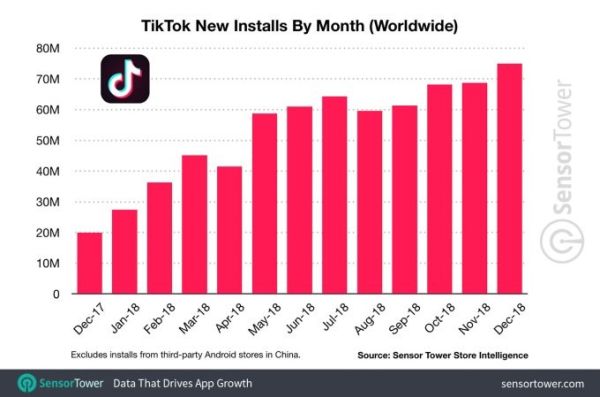The Rise and controversies of the popular short video app TikTok
Beyond viral dances and lip-syncs
TikTok began as a platform for lip-syncing and dance challenges but has evolved into so much more. While those types of casual entertainment videos still dominate the “For You” page, dedicated creators use the app to share artistic, educational and comedic content. Some musical artists create entire albums inspired by viral TikTok sounds while educators leverage short-form lessons to engage new students. The platform has also given many aspiring comedians and visual artists a new way to build an audience.

Privacy and data collection concerns
Despite its variety of content, TikTok faces ongoing scrutiny over its handling of private user data. As a Chinese-owned company, ByteDance is subject to laws compelling data sharing with the Chinese government. TikTok collects extensive personal information like biometric identifiers, physical location, and browsing history across other apps and devices. The company claims user data is stored securely and not shared with Chinese authorities, but these privacy policy loopholes and lack of transparency continue fueling distrust. Government organizations in countries like India and US have banned TikTok from government devices over these national security risks.
Potential for spreading misinformation
The viral, algorithmically-suggested nature of TikTok also makes it susceptible to the rapid spread of misleading claims or doctored videos. While fact-checking organizations work to debunk falsehoods, many TikTok users are children and teens still developing media literacy. Platforms like TikTok that rely on engaging, emotionally-charged content to keep users scrolling could inadvertently elevate misleading narratives that conform to users’ preexisting biases. TikTok maintains policies against harmful, dangerous, misleading or illegal content but moderating at scale remains an ongoing challenge.
Impact on youth mental health and well-being
Along with benefits of creative expression and connection, some experts warn TikTok’s hyper-addictive design could negatively impact developing minds. Its “For You” page is carefully optimized through machine learning to keep people endlessly scrolling. This constant seeking of validation through likes, comments and shares taps into human psychological vulnerabilities. Some research links excessive social media use to rising rates of anxiety, depression and loneliness among youth. TikTok recently implemented tools like screen time limits and digital wellbeing prompts to encourage breaks and balance.
Algorithm driven ‘extreme’ content
Like other major platforms, TikTok’s algorithm is also accused of potentially radicalizing users by directing them toward more extreme or polarizing content over time. By tracking what users engage with, platforms tailor recommendations to replicate that engagement through related content. While this improves relevancy, it can lead impressionable or vulnerable users down risky “rabbit holes”. TikTok denies purposefully serving such content and argues extreme videos typically get few views. However, its lack of transparency into algorithmic processes continues sparking these types of debate.
Impact on culture and innovation
Despite controversies, TikTok’s cultural influence has been immense. It popularized viral dance trends, styles of video editing and genres of comedy or commentary videos that spread widely. Many credit the app for reviving lip-syncing and launching new music careers. Beyond entertainment, educators, activists and journalists now also utilize TikTok’s format for sharing informative short-form video content. The platform disrupted social media norms and set innovation benchmarks for its technical capabilities and creative tools. This inspired new short video features across Instagram, YouTube and other major platforms seeking to replicate its success.
Regulation and legal battles
As one of the first major Chinese-owned platforms to gain global traction, TikTok also faces unique regulatory challenges. Various governments have proposed or enacted policies around issues like data privacy, political advertising standards, and restricting Chinese influence operations. TikTok actively lobbies regulators to allay fears while making product changes to comply with local laws. In the US, the Trump administration attempted to ban the app on national security grounds, though legal challenges stalled those plans. Increased regulation and transparency requirements will likely shape TikTok’s path forward amid constant geopolitical tensions.
Future of short video and TikTok’s staying power
Short video is here to stay as a format, but whether TikTok can maintain its dominance long-term remains uncertain. Competitors with more established social networks like Instagram Reels currently pose the biggest threat. Greater independence from China through initiatives like moving US user data overseas may help TikTok reassure regulators and users. Sustained investments in content production while balancing responsible product design will also be crucial to fend off copycats. If it succeeds in building trust on privacy, safety and transparency over time, TikTok may cement its place as the premier platform for creative expression and discovery through bite-sized visual storytelling.
